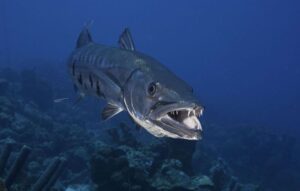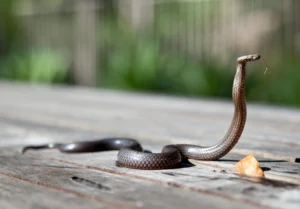The octopus: the genius of the sea and the owner of the eight arms, a study of the behaviors and capabilities of this unique creature.
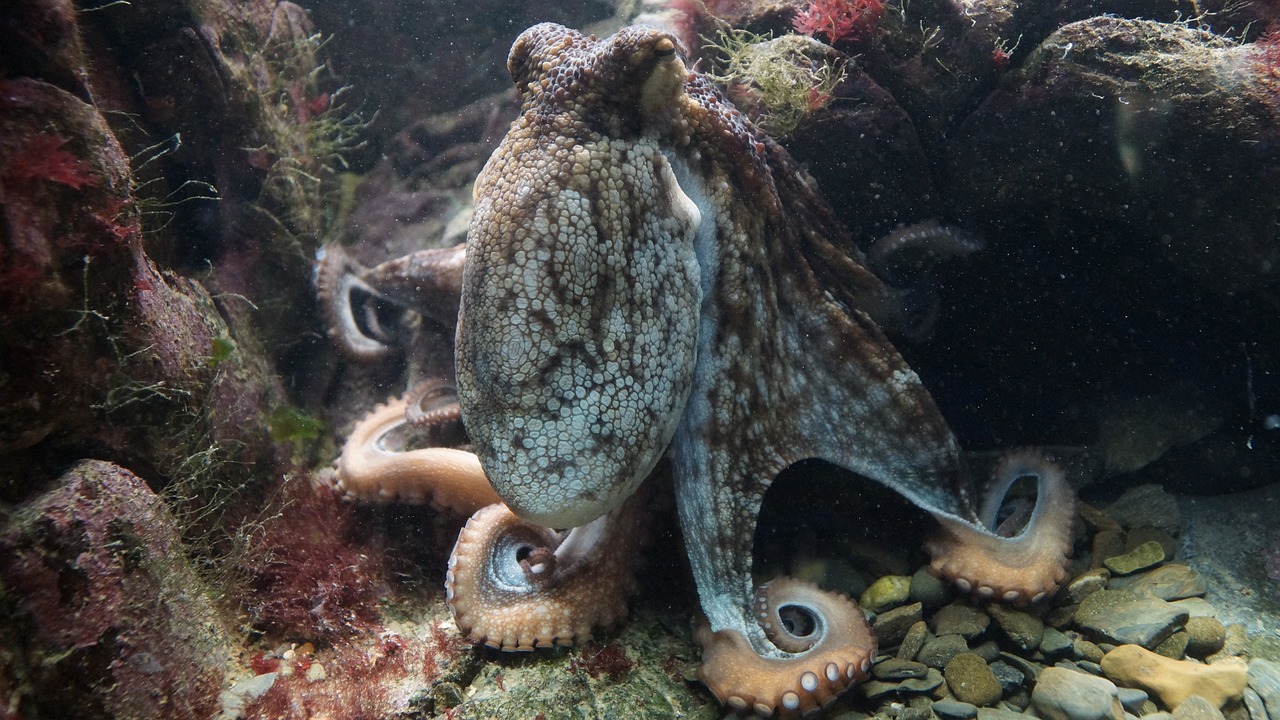
Octopuses, known for their intelligence and unique characteristics, are fascinating creatures that inhabit oceans around the world. These mysterious invertebrates have captivated the attention of scientists, marine biologists, and curious minds alike with their remarkable abilities and behavior.
Let’s delve into the intriguing world of octopuses and uncover some of the secrets behind these incredible creatures.
Attributes
With their soft bodies, eight flexible arms, and large, curious eyes, octopuses have long been the subject of fascination. They belong to the class Cephalopoda, which also includes squids, cuttlefish, and nautiluses. Octopuses are known for their exceptional problem-solving skills, adaptability, and camouflage abilities, making them one of the most intelligent creatures in the ocean.
One of the most remarkable features of octopuses is their ability to change color and texture to blend in with their surroundings.
This remarkable camouflage is achieved through specialized cells called chromatophores, which contain pigments that can expand or contract to create a variety of patterns and colors.
Octopuses use this camouflage not only to hide from predators but also to sneak up on their prey, making them highly effective hunters.
In addition to their camouflage abilities, octopuses are also known for their advanced cognitive capabilities. These creatures have demonstrated the ability to solve complex puzzles, open jars, and even use tools. Some octopuses have been observed using coconut shells as shelters, exhibiting a level of intelligence and resourcefulness that is truly impressive.
Octopuses are also known for their remarkable abilities to escape from enclosures and outsmart their captors. They have been observed squeezing through small openings, unscrewing lids, and even releasing a cloud of ink to confuse predators. These escape artists are constantly testing the limits of their environment and pushing the boundaries of their own capabilities.
types of octopus
- Common Octopus (Octopus vulgaris):
The common octopus, also known as Octopus vulgaris, is one of the best-known species of octopus. It can be found in various oceans and seas, typically in shallow waters along coastlines.
This species is characterized by its reddish-brown coloration and the ability to change its skin color and texture to camouflage with its surroundings. Common octopuses are known for their intelligence, problem-solving abilities, and agile movements.
- Giant Pacific Octopus (Enteroctopus dofleini):
As the largest species of octopus, the Giant Pacific Octopus is a formidable predator that commands attention. With a wingspan of up to 16 feet and weighing as much as 50 kilograms, this species is known for its impressive size and strength. Giant Pacific Octopuses can be found in the waters of the North Pacific Ocean, where they prey on crustaceans, fish, and other marine creatures.
Despite their size, these octopuses are masters of disguise and can easily blend in with their surroundings.
- Blue-ringed Octopus (Hapalochlaena spp.):
The Blue Ringed Octopus is a small but venomous species that inhabits tidal pools and coral reefs in the Indian and Pacific Oceans. Known for its striking blue and black rings, this octopus displays warning colors that signal its potent venom.
Despite its small size, the Blue Ringed Octopus possesses enough venom to immobilize and potentially kill its prey. This species serves as a reminder of the diverse and sometimes dangerous nature of octopuses.
- Mimic Octopus (Thaumoctopus mimicus):
True to its name, the Mimic Octopus is a master of mimicry and deception. This species is found in the waters of Southeast Asia and Australia, where it imitates the appearance and behavior of other marine animals to evade predators.
The Mimic Octopus can mimic the shapes of lionfish, flatfish, and sea snakes, among others, to confuse and deter potential threats. Its ability to rapidly change color and shape makes it a remarkable and elusive creature in the underwater world.
- Blanket Octopus (Tremoctopus spp.):
The Blanket Octopus is a unique species known for its striking appearance and behavior.
Females of this species can reach lengths of up to six feet, while males are significantly smaller. The most notable feature of the Blanket Octopus is its long, flowing arms that can span several meters.
These arms are used by the octopus to display intimidating visual displays to predators, as well as to capture prey. The Blanket Octopus is a captivating example of the diversity and beauty of octopuses in the ocean.
Understanding Mating in Octopuses
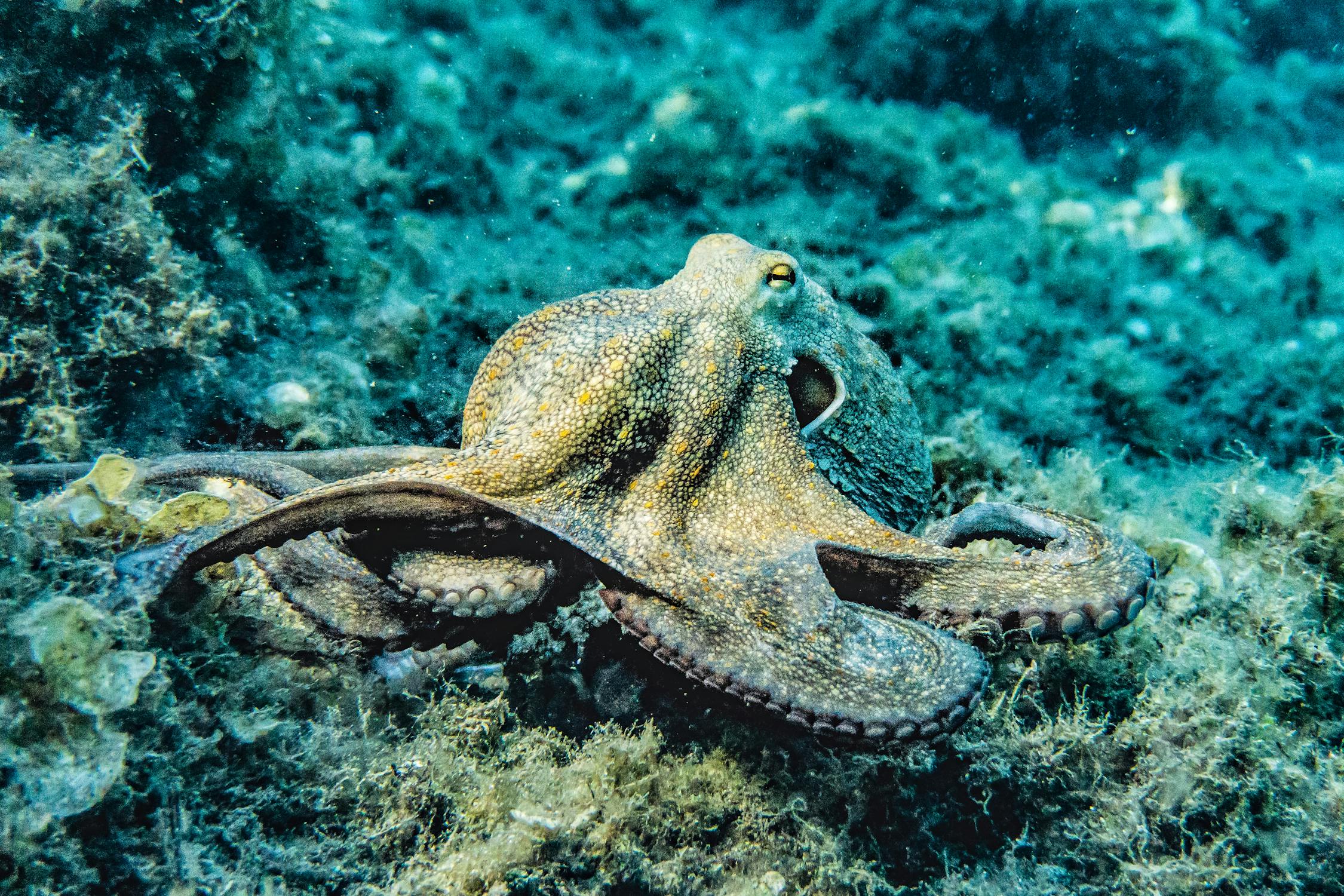
Octopuses are known for their solitary nature, living much of their lives alone and only coming together to mate. This solitary lifestyle means that finding a mate can be a challenge, requiring highly specialized behaviors to ensure successful reproduction.
Male octopuses, for example, must first locate a female and then convince her to mate with them.
One of the most striking aspects of octopus mating is the male’s elaborate courtship displays. Male octopuses will often perform intricate dances or displays of color to attract a female’s attention. These displays can include changing colors, flashing patterns, and even contorting their bodies in elaborate ways.
The purpose of these displays is to impress the female and demonstrate the male’s fitness as a mate.
Once a male has caught the female’s eye, the actual mating process begins. Male octopuses have a specialized arm called a hectocotylus, which is used to transfer sperm to the female. The male will carefully insert the hectocotylus into the female’s mantle cavity, where fertilization takes place.
This delicate process requires precise coordination and can be fraught with challenges, as the female may be resistant or even aggressive towards the male.
After fertilization, the female octopus will carefully tend to her eggs, guarding them against predators and ensuring they receive enough oxygen and nutrients. This period of egg-guarding can last anywhere from a few weeks to several months, depending on the species.
During this time, the female will forgo food and devote all her energy to caring for her eggs, a testament to the dedication and sacrifice that octopus mothers exhibit.
Once the eggs have hatched, the female’s role is complete, and she will often die shortly after. Male octopuses, on the other hand, may mate multiple times throughout their lives, seeking out new females to pass on their genes. This difference in reproductive strategies reflects the unique and varied lifestyles of male and female octopuses.
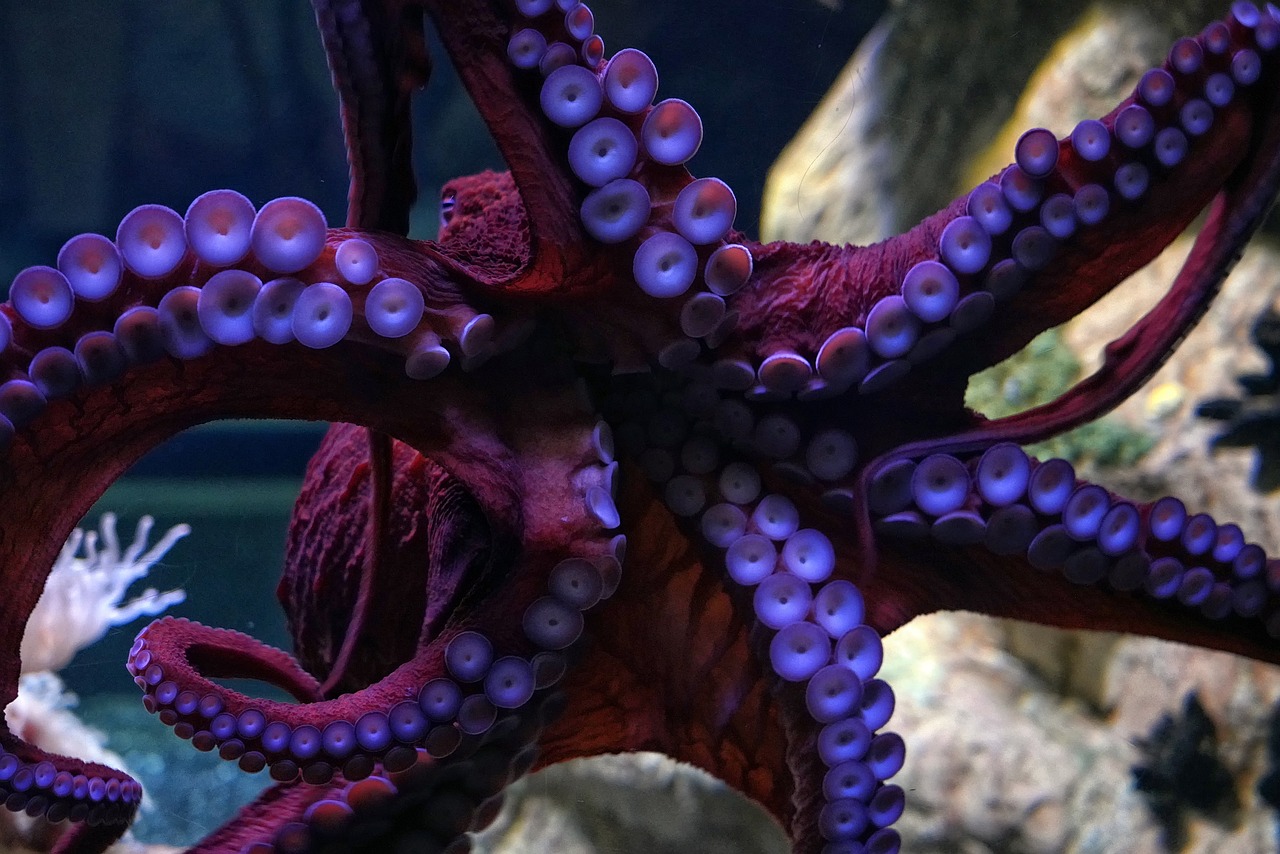
The study of mating in octopuses not only sheds light on their reproductive biology but also provides insight into the complex behaviors and relationships that exist in the animal kingdom. By understanding the fascinating world of octopus mating, we can gain a greater appreciation for these enigmatic creatures and the intricate web of life that exists in the depths of the ocean.
The world of octopuses is as diverse and captivating as the oceans they inhabit. From the intelligence of the Common Octopus to the mimicry of the Mimic Octopus, each species offers a unique perspective on the adaptability and survival strategies of these remarkable creatures.
As we continue to explore and study the underwater world, octopuses will undoubtedly remain at the forefront of our fascination and admiration.
